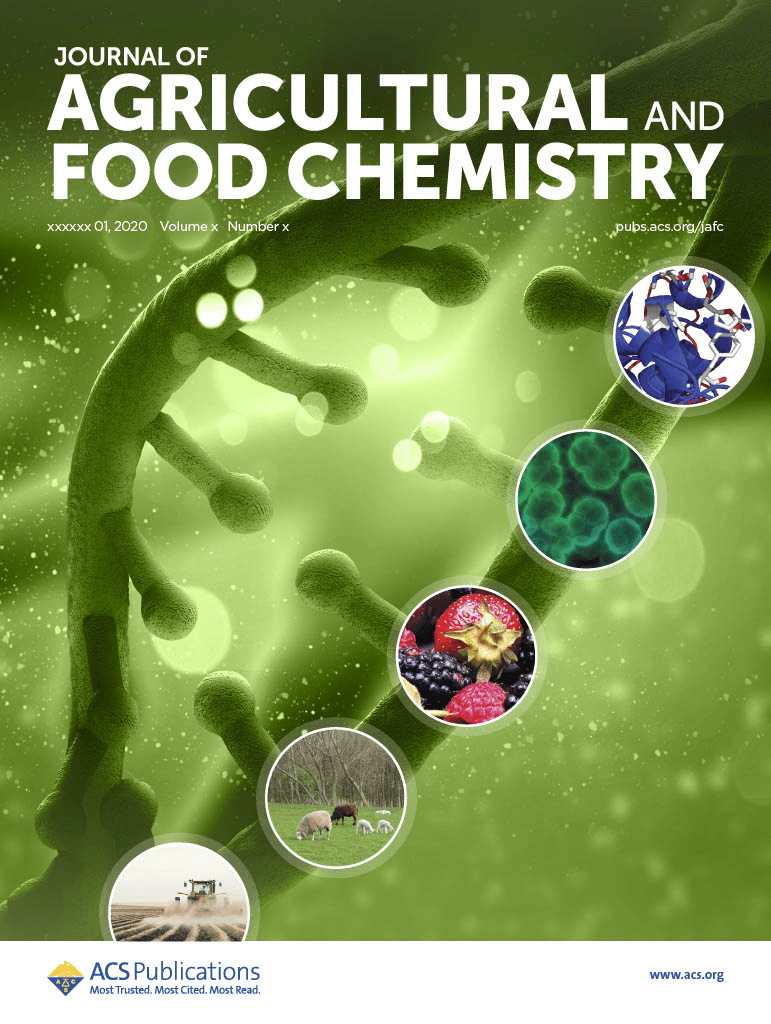There is a move towards raw and unprocessed foods to preserve flavor and nutrition. But is there an appetite for raw chocolate?

Cacao beans are big business, with around 5 million tons produced every year. These unassuming brown pods are fermented, roasted, and processed into cacao nibs, which form the basis of chocolate products—and a global market worth almost 1 trillion dollars. The environmental conditions where the cacao is grown impart a unique flavor profile, but these subtle flavors can be changed or destroyed by roasting. Additionally, there are perceived health benefits to minimal processing of natural foods. Proponents claim that minimal food processing delivers fresh and nutritious products, and ensures sufficient shelf life for distribution. Many minimal processes also aim to be energy saving and environmentally friendly. As such, there is a move to create ‘raw’ chocolate products, with processing limited to the fermentation stage.
In new work published in ACS’s Journal of Agricultural and Food Chemistry, researchers set out to identify important odor compounds and sensory characteristics of minimally processed versus conventional roasted dark chocolate. The team used gas chromatography-olfactometry, aroma extract dilution analysis, and stable isotope dilution analysis to draw comparisons between the two products. Results showed that, with the exception of acetic acid, all odorants had higher odor-activity values in the roasted chocolate compared to that which was unroasted and minimally processed.
Overall, the team identified nine significant sensory attributes that are important in chocolate—distributed across aroma, taste, and texture—and which all differed between unroasted and roasted chocolate. Key compounds impacting aroma in the roasted chocolate were dimethyl trisulfide, 2-ethyl-3,5-dimethylpyrazine, and 3-methylbutanal. This aligns with previous work using sensomics, which also identified dimethyl trisulfide and 3-methylbutanoic acid, alongside acetic acid, 2-methoxyphenol, phenylacetic acid, vanillin, and linalool in commercially produced dark and milk chocolates. Further research has aligned phenylacetic acid with honey-like flavors, methanethiol and lactones with milky or creamy odor notes, and 2-methoxyphenol and nonanoic acid with smoke or pungency.
Importantly, many high-volume commercial chocolate products have added sugar, vanilla, and cocoa butter, ensuring that taste and the texture remain the same regardless of the beans’ origin or quality. In addition to their principal roles in defining taste and smell, some flavorings such as vanillin are also used to increase shelf life and stability—but both the scientific community and consumers are becoming increasingly aware that certain flavorings pose potential health risks. There are moves to systematically analyze and record characteristics in flavor databases, as well as suggested thresholds for compounds which contribute to off-flavors.
Together, this all reinforces the idea of using low thermal processes to showcase the inherent flavor potential of cacao beans, and it also supports the concept of chocolate “terroir” by working to preserve important aroma compounds that develop during fermentation or seeking out interesting aromatic yeasts that can change the flavor profile. In the future, better understanding the complex aromas of cacao could be used to objectively assess beans, and remove the need for so much processing to cover up off-flavors. The demand for high-quality and more artisanal single-origin chocolate is growing, and producers will need to keep pace.

